
The word Nakshi Kantha is closely associated with the history, tradition and culture of rural Bengal. From time immemorial, the people of this country have been using nakshi kantha as a daily necessity. Although it is considered as an excellent work of art by the women of rural Bengal, our socio-economic context is involved in nakshi kantha.
Nakshi Kantha is a wonderful expression of the artistic mind of the women of the village. They make needles and threads on different kinds of cloth, flowers, herbs, elephants, horses, birds, trees, plows, boats, moon-stars etc.
The sisters of Hejbut Tawheed have made these beautifully decorated Nakshikanthas.
The drizzle outside, accompanied by a cold breeze, is the most important thing for a Bengali to remember before going to bed. Maybe with or without a designer. Kantha occupies a large place in the folk culture and rural cottage industries of Bengal.
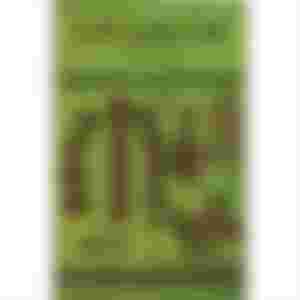
The custom of making a new kantha for a child at home has been around for a long time. In some villages of Bengal, the custom of welcoming guests with new kantha at social functions like weddings or festivals is found at home. Nakshi kantha is on the gift list when the girl is sent to the in-laws after marriage.
The rainy season lasts for a long time in Bengal. In the rainy season, the work outside the house is reduced and women find some leisure. Bengali women get this during their leisure time and it is a traditional practice to sew kantha with needle thread in the betel nut chat. With the rapid change in the rural society, such socialization is also changing.
However, rural women still work on nakshi kantha from noon to evening. Pictures of trees, birds or herbs emerge on the ground of kantha with incomparable skill. Sometimes the story of sorrow and happiness has come up in the kantha, sometimes the story of the book heard in the dim light of the lantern has been told by the women with the needle.
Though Bengali is made of thorns, the style and design of kantha sewing are similar in both Bengals, because this art was born long before the partition of Bengal. That is why nakshi kantha has become immortal in Bengali proverbs, stories, songs or poems. Just as there is a saying like 'dreaming of lakhs of rupees lying on a torn kantha', there is also the narrative poem 'Nakshi kantha field' by the village poet Jasim Uddin It is with this narrative that the story of love and pain can come to the fore in Bengali literature. This poem is an immortal story of love between lover Rupai and lover Saju

After the marriage, Rupai and Saju's love story could not go far. Rupees become Ferrari. While waiting for her husband, wife Saju started weaving nakshi kantha for the rest of her life, day after day, month after month. Saju Nakshi rubs the needle on the kantha, how many stories he writes on the kantha, the rupee does not come back. This is how Saju spent his whole life. On the day Saju finishes weaving the nakshi kantha, he asks his mother to spread the nakshi kantha on his grave after his death. After a long time, the body of a foreign flutist was found near Saju's grave lying under the nakshi kantha.
"Someone saw it in the middle of the night after the field
Who is flying in the great space holding the nakshi kantha
He plays the bamboo flute in his hand in a sad tone
The waves of this village are in deep pain.
"

In this way, the women of Bengal have woven nakshi kantha even in the absence of their husbands or boyfriends. Someone may have been able to give a new kantha to a relative, someone may not have been able to give a rupee-saju.
Inside and outside the kantha

Kantha is in vogue all over Bengal. The culture of making kantha is scattered in the villages of Mymensingh, Faridpur, Jessore, Khulna and other villages of Bengal. In West Bengal, Assam and Bihar of India, a variety of kanthas can be seen. Bihar's 'Sujani' kantha has 'geographical recognition' in the international arena. Although the same name and almost the same type of kantha is also prevalent in the Rajshahi region of Bangladesh.
Sare, worn out sari, lungi, dhoti or chadar are usually used to make kantha, but sari has a special value for making kantha. First the old cloth is washed and starch (liquid left over from cooking rice) is added to it in some cases. Three to seven saris are also used in a kantha depending on the thickness.
Apart from nakshi kantha, common sewn kantha can be seen in the village. There is no bravery in design, the need is there. After sewing, the old clothes are put together and made into kantha. Strong stitching is given around the kantha so that it does not break easily. The kantha sewn for winter prevention is quite full and thick. Kantha made in Rajshahi and Chapai Nawabganj areas in the northern part of Bangladesh is quite thick. In addition to our native quilts or blankets for winter prevention, kantha has a special respect.
Nakshi kantha design
However, kantha design is always seen, many people draw flowers, birds, herbs according to their own wishes. Many people imitate the designs made by their mother or grandmother in the family. Stories, folktales, characters of rural books or religious characters and discipline bring variety in kantha design. In addition to the kantha, the moon stars, lines of religious texts, mosques or minarets can be seen on the nakshi jainamaz or Qur'anic ghilafs made for prayers.
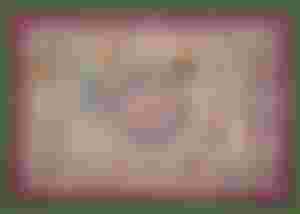
However, there are many designs that have been involved in the field of Bengal for thousands of years. Its philosophical origins are found in Indian Hinduism, Buddhism or Islam. However, it is not at all the case that the designers draw the design by paying attention to the importance of that philosophical theory or symbol. In many cases, the design is spread in the family because it is beautiful, and in order to preserve the design, the mold of the design is kept on a small handkerchief shaped cloth. As a result, the next generation can see the design and revive it, sometimes enriching the design by adding new elements from the next generation.
Nakshi kantha preserved in the museum; Image Source: Los Angeles County Museum of Art
One such famous design is the lotus or wheel scattered around a circle. This circular design is very important not only in kantha or handkerchief but also in architecture all over India. Nakshi kantha is also seen scattering around a circle. Besides, lotus flowers and wheel designs are also seen in kantha.

The design of trees and herbs occupies a significant place in Indian handicrafts and cottage industries. The design of this tree has come in different forms in kantha, handkerchief and cool carpet. In some kanthas, pictures of people as well as horses, peacocks or other animals have appeared again. In some kanthas, it is seen that the designer adds the name or initials of the designer or his loved one.
Due to this diversity of kantha designs, it is difficult to chart it or find the philosophical source of that design. New dimensions have been added to this long-running industry. The design of the nakshi kantha did not stop at the kantha, the design of the kantha with tree-leaves or flowers-birds is almost the same as that seen on the tablecloths, handkerchiefs, hats, pillows or bed sheets.
How long does it take?

Nakshi kantha is not usually made in a day, it is gradually developed over time. As mentioned earlier, it was once an occasion for the retirement of women in Bengal. There is also an example of giving as a gift in worship, festival or any other occasion. It takes seven to fifteen days to make a medium sized kantha. Large kantha and intricate designs can take more than a month.
Economic and cultural value

It was appreciated by all from the middle class to the poor as it can be made into a new one by adding old cloth to its texture. However, its economic value to the aristocracy in modern society has been redefined.
For a long time, in the eyes of the rich, kantha was a cold-blooded object for the poor and the middle class. In the aristocratic society of Bengal it was customary to make nakshi kantha on demand for the sake of necessity.

However, with the passage of time, a masterpiece of Nakshi Kantha land has been created, which has increased its value. This appeal has raised the possibility of making Nakshi Kantha a cottage industry. At one time no one could be found to be a professional craftsman of nakshi kantha, because this art was purely a hobby and a necessity. As a result, along with socio-economic changes, kantha was also lost. The precious designs of nakshi kantha, which have been around for ages, were also at risk. However, various government and non-government organizations are trying to take this nakshi kantha weaving to the level of cottage industry in different parts of present day Bangladesh and India.
Let the story of Bwww.textiletoday.com.bd
Nakshi kantha designs are not just designs embroidered with needles on the ground of kantha, there are stories hidden in the ground of each nakshi kantha, sometimes of love, sometimes of sorrow. Each nakshi kantha stands with the story lost in the desert on the way to Bengal.


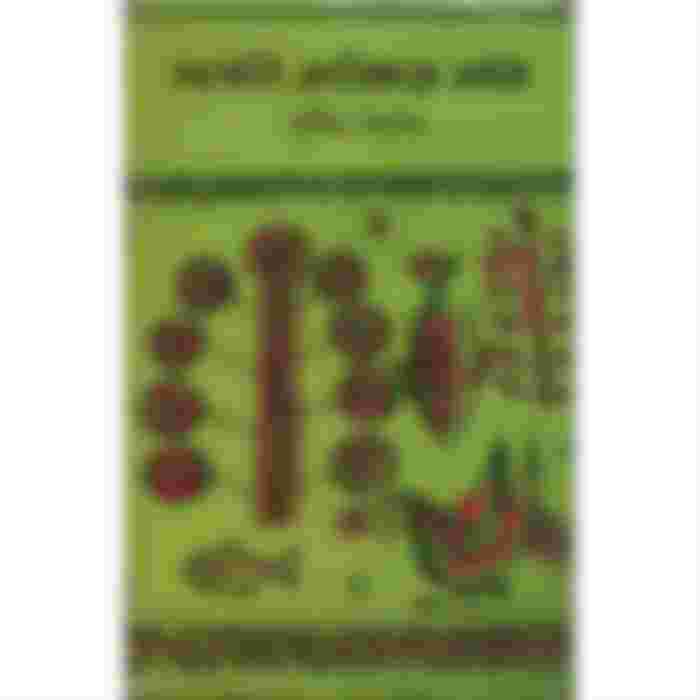

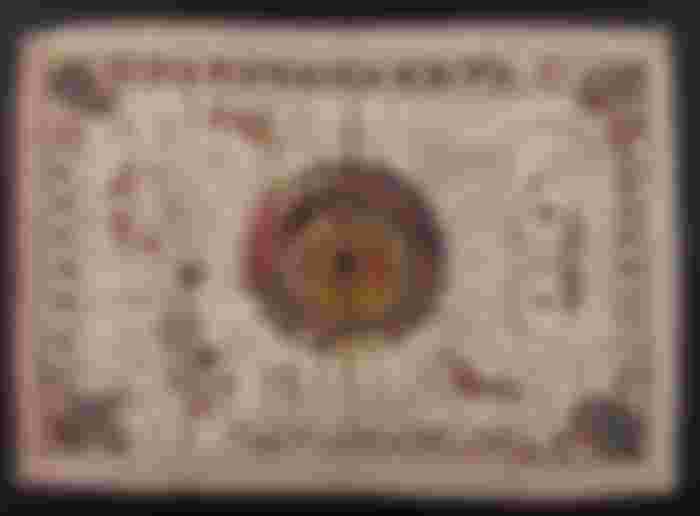

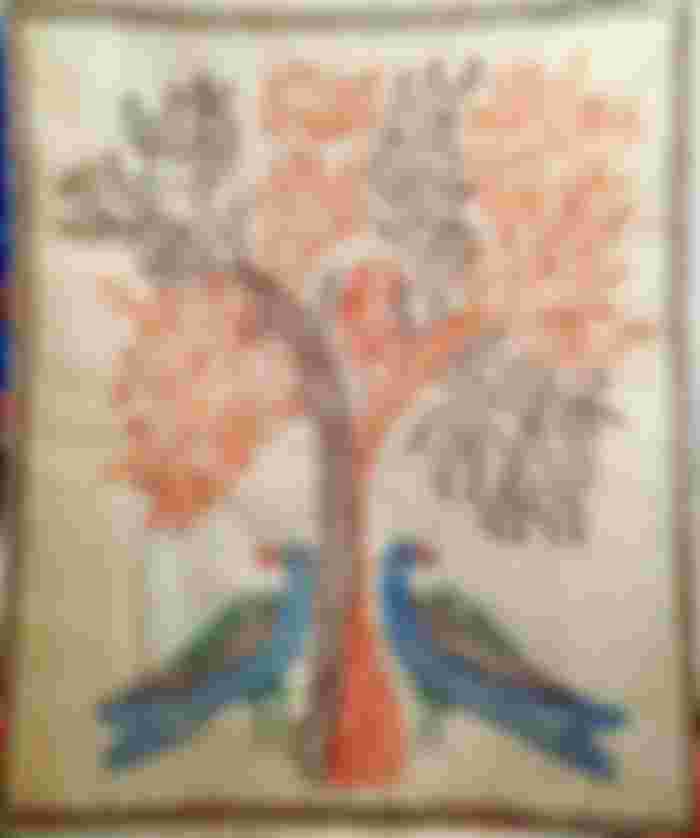

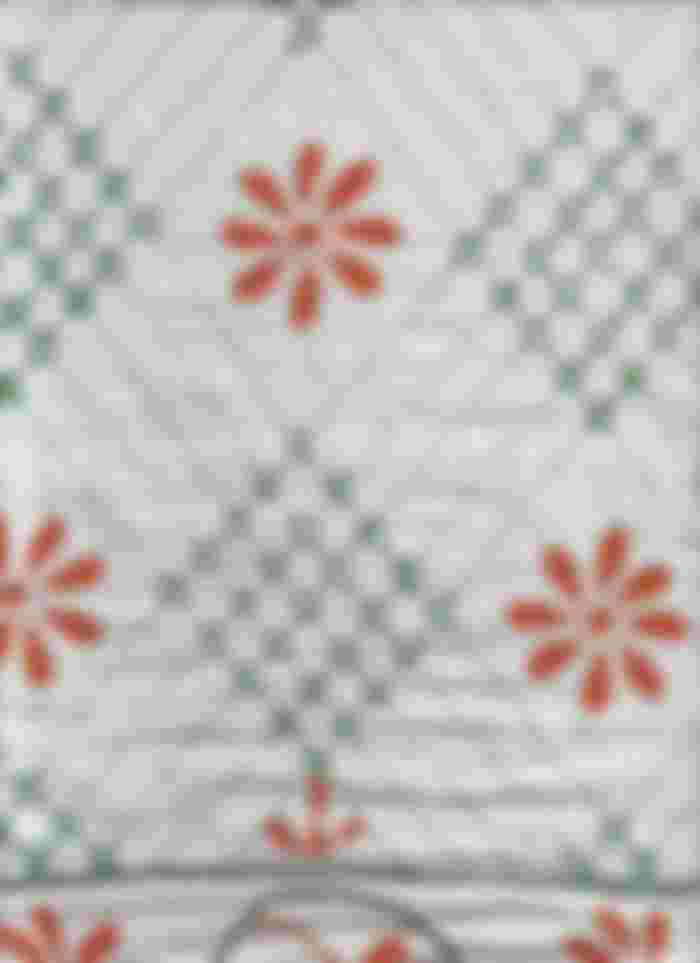

Amazing article